Our multidisciplinary team is composed of professionals with backgrounds in the fields of Engineering, Materials Science, Astrophysics, Space Architecture, and Product Design. It is a collaboration between team members working at the ESA European Astronaut Centre (EAC) in Cologne, Germany and LIQUIFER Systems Group in Vienna, Austria.
ESA team members are from the Spaceship EAC team, a new initiative that aims to identify and enable technologies that will support future human exploration beyond Low Earth Orbit, including in-situ resource utilization and additive manufacturing, and novel energy storage concepts, with a focus on lunar projects.
LIQUIFER Systems Group is a trans-disciplinary platform engaged in designing the future on Earth and in space, specializing in Architecture, Design, Human Factors, Systems Engineering, Robotics and Satellite Technologies for Terrestrial and Space Applications.
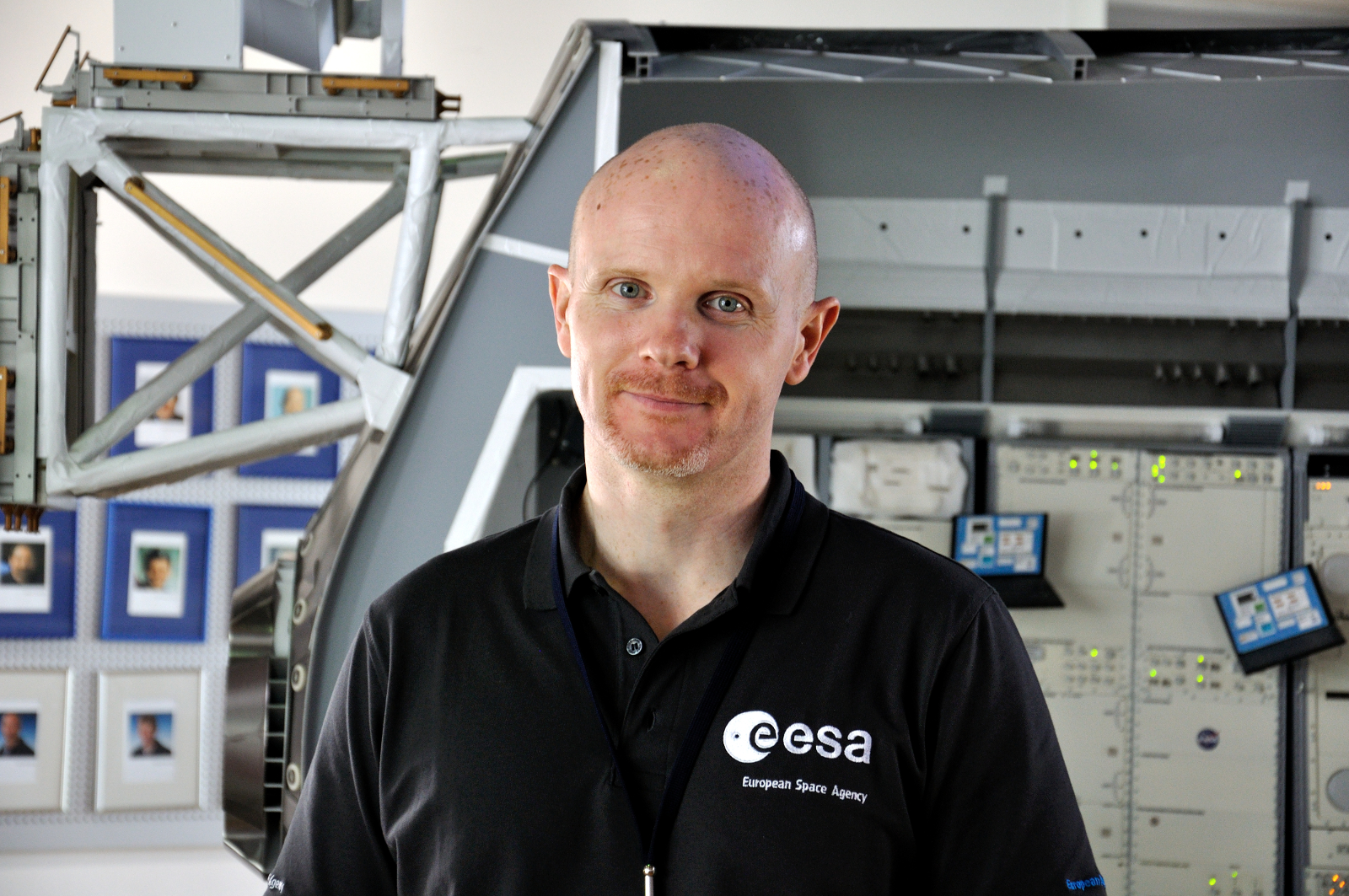
Aidan Cowley received his B.Sc in Computer Applications and M.Eng in Electronic Systems from Dublin City University, Ireland, in 2004 and 2005 respectively, and a Ph.D in 2011. Subsequently he went on to work as a researcher and lecturer at the National Centre for Plasma Science and Technology (NCPST), Dublin City University, Ireland. There, his research activities included novel optoelectronic materials, crystal growth, thermoelectrics, plasma deposition and metrology as well as renewable energy systems. In 2014, Dr. Cowley joined the European Space Agency as a Research Fellow, stationed at the European Astronaut Centre in Cologne, Germany. There he is conducting research into energy generation and storage solutions for future lunar and cis-lunar missions, in-situ resource utilization (ISRU) as well as investigating disruptive technologies such as additive manufacturing and their potential as an exploration enabling technology.
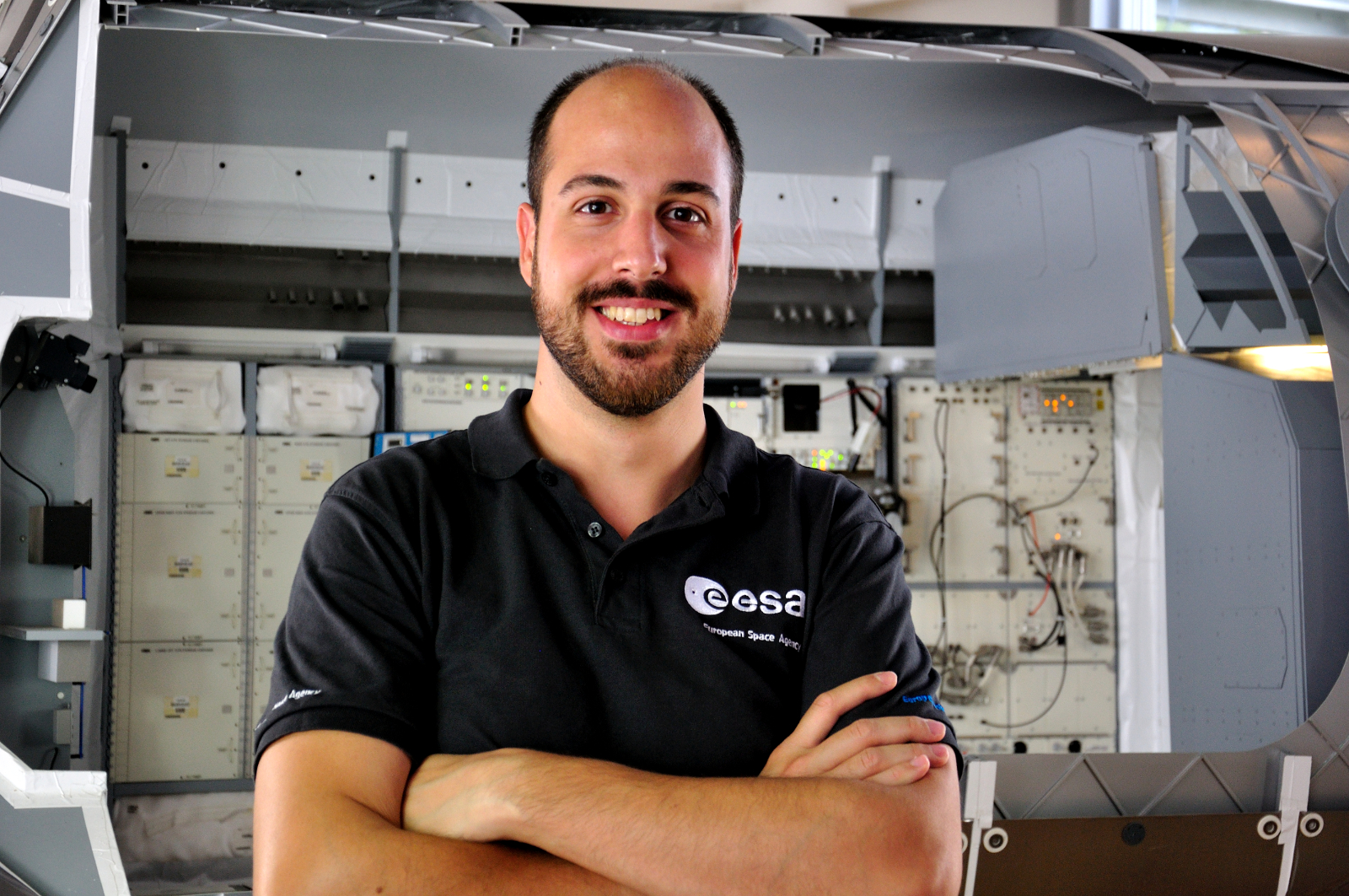
Francesco Spina is a space engineer working to enable a more sustainable and affordable exploration and exploitation of space while accelerating useful applications of space technology on Earth. Until 2016 he worked as a Research Engineer at the ESA European Astronaut Centre, performing research on innovative enabling technologies for future exploration of the Moon and Mars. For his work, he received several prizes from NASA, ESA and JAXA. In 2016 he won, among more than 5000 candidates coming from all over the world, a Google scholarship to attend the Singularity University’s Global Solutions Program at NASA Ames in Silicon Valley, USA, where he worked on technological solutions that can have an impact on at least one billion people on Earth within the next decade. In 2017 he joined SES, the world-leading satellite communications operator. The prestigious MIT Technology Review selected him in the list of the top 15 Innovators Under 35 of 2017.
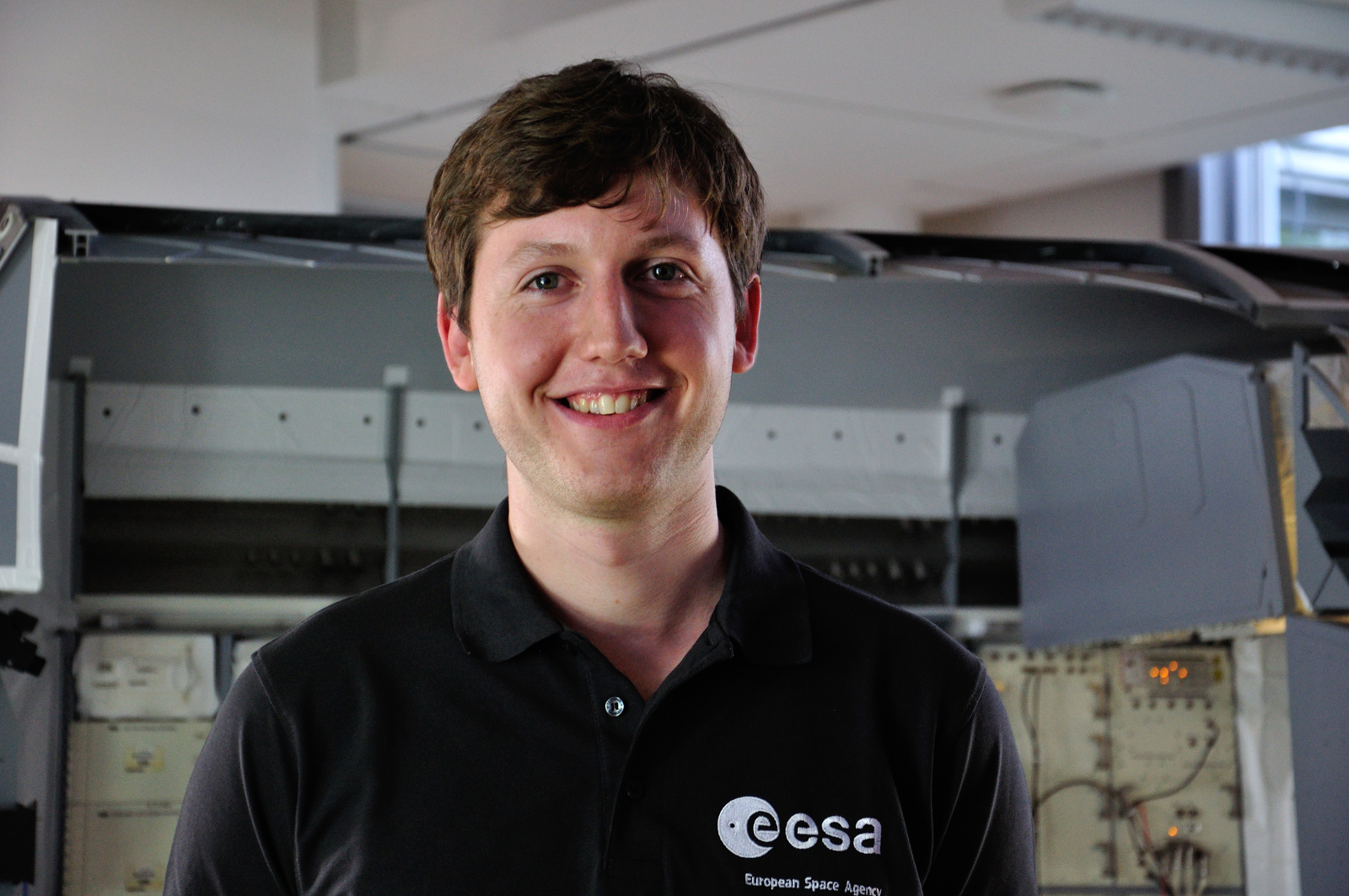
Leo Teeney is an Aerospace Engineer, currently attending the Singularity University LaunchPad program at the NASA Ames Research Park in California. Previously, he worked as a Research Engineer under the Young Graduate Trainee program at the ESA European Astronaut Centre in Cologne, Germany, where he worked on projects investigating in-space energy storage and potential ISRU applications for radiation protection on the Moon. In 2016 he was named in Forbes magazine’s ’30 under 30 Europe’ list in recognition of his work. He received a Master’s in Aerospace Engineering from the University of Manchester, UK, in 2013 and a Master’s in Space Studies from the International Space University, France, in 2014. During his studies he worked in the Airbus UK Future Projects Office and for Atkins Aerospace, and for the Team Hakuto Google Lunar XPrize rover at Tohoku University in Sendai, Japan. Leo has worked on numerous space mission concept studies including the University of Stuttgart Institut für Raumfahrtsysteme Space Station Design Workshop, in 2015, and is a past winner of the American Institute of Aeronautics and Astronautics (AIAA) Undergraduate Individual Design Competition for his project “Low-cost Access to Space Booster Aircraft”.
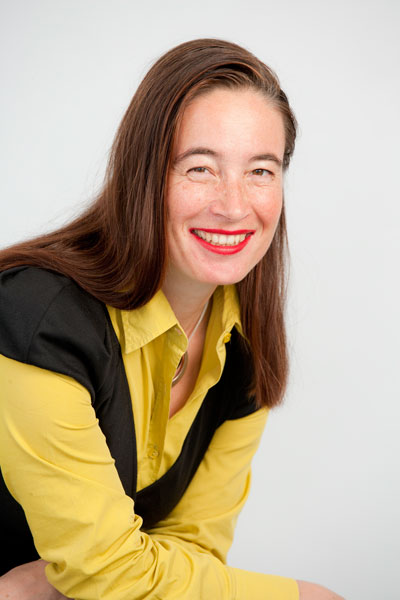
Dr. Barbara Imhof is a principal, managing director, project manager and design architect at LIQUIFER Systems Group. She earned her PhD in Architecture in 2006 with dissertation title: ‘An Architectural Approach to a Long Duration Human Space Mission; Case study: Human Mission to Mars’ and a Master’s in Space Studies from the International Space University in Strasbourg, France in 1997. Her expertise also includes business development, systems design, human factors, interdisciplinary research, international cooperation and teaching.
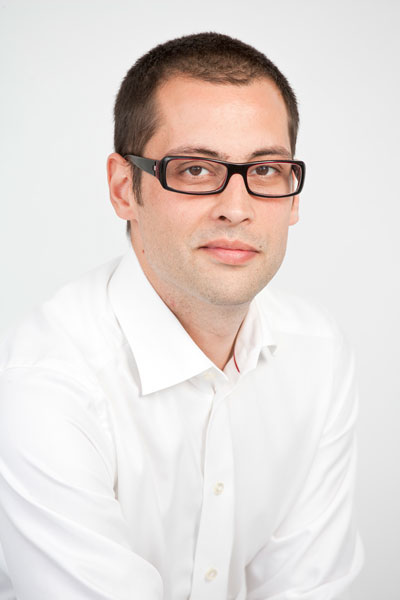
René is a long time collaborator with LIQUIFER Systems Group and became an associate in 2006. His expertise includes Architecture, design/project development, systems configuration and visualization. René has collaborated with Viennese based architects, and was researcher/teaching assistant at the Institute of Design and Building Construction, TU, Vienna. Currently René also works in collaboration with Michael Wallraff architects for the design and implementation of a vocational school. His tasks include design, detailed planned, construction drawings and 3D modeling.
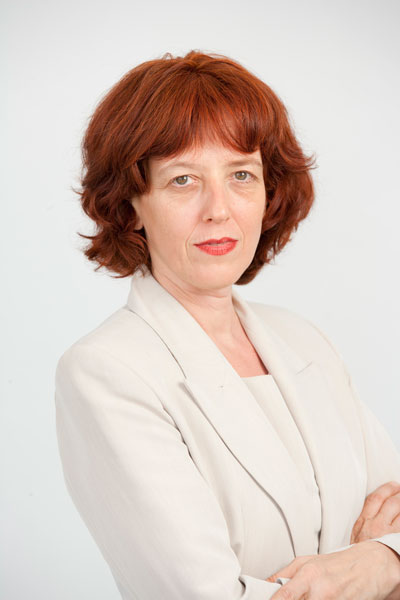
Waltraut Hoheneder is a principal, managing director, project manager and design architect at LIQUIFER Systems Group. She specializes in architectural design, building construction, project management, business development and interdisciplinary research. Waltraut has completed projects with LIQUIFER working with diverse client needs and has collaborated with architects Coop Himmelb(l)au and Susanne Zottl.
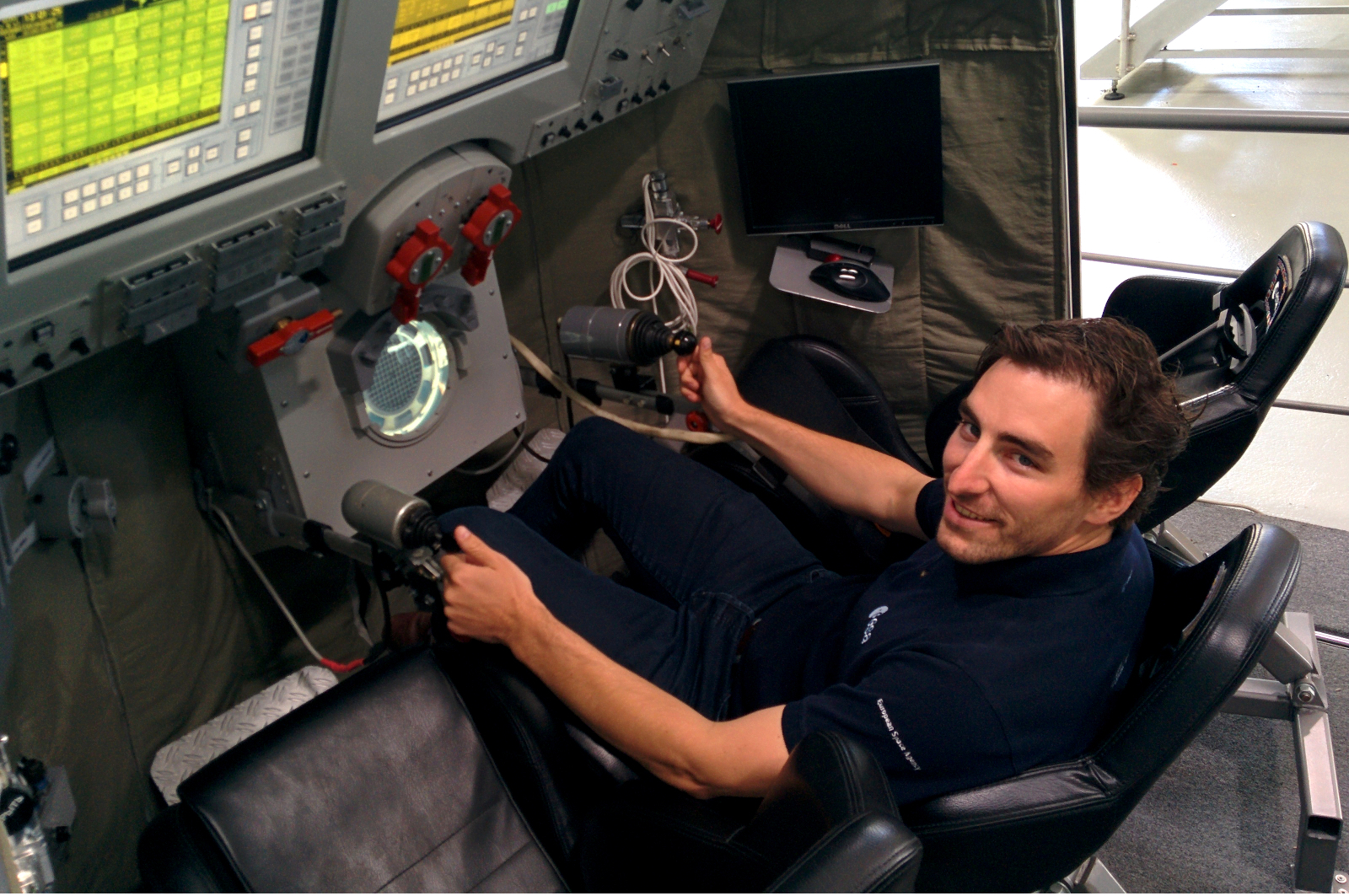
Jürgen Schleppi graduated as a B.Eng in Aeronautical Engineering, with a major in Space Engineering, in 2012 and received an M.Sc. in Space Science and Instrumentation in 2014. Throughout the last two years of his education he studied at three different universities in three different countries (Germany, Sweden, and France) and he prepared his Master’s thesis in Sydney, Australia, analyzing the performance of astronauts and rovers in a Mars Analogue scenario conducted in the Australian Outback. After the Master’s, for the two subsequent years, he was working at ESA’s European Astronaut Centre in Cologne in the field of Astronaut Training and Operations. Since 2016 he is now working as a Ph.D. student at Heriot Watt University. He is researching ways in which silicon solar cells, or other solar conversion devices, could be 3D printed on the lunar surface utilising the raw lunar material.
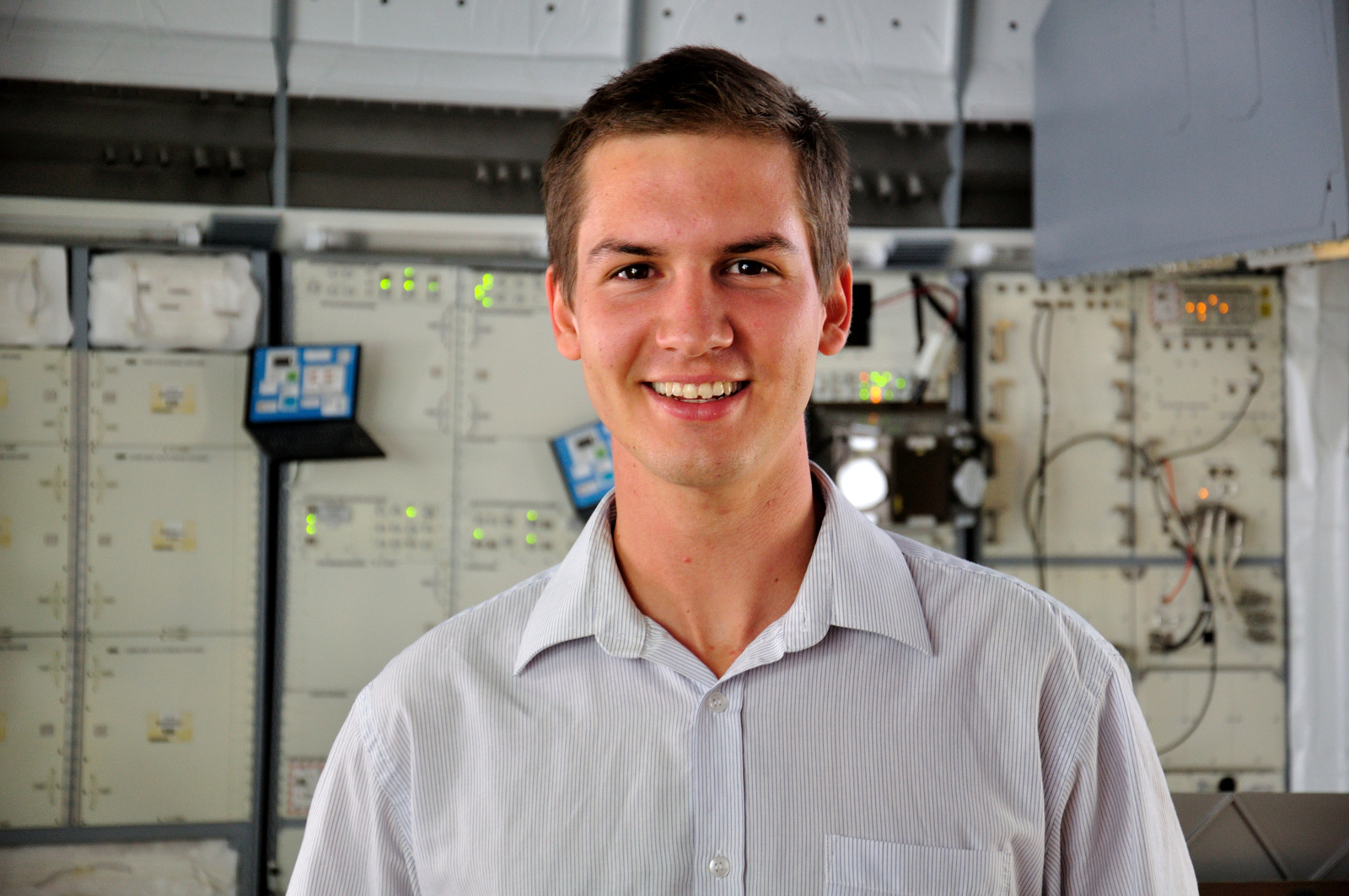
Alberto Canals studied General Engineering in the Polytechnic University of Catalonia (UPC, Barcelona) and Materials Science in a double master’s degree program between the European School of Materials Science and Engineering (EEIGM, France) and the UPC. He has been working in the ESA European Astronaut Centre since January 2015, studying the potential use of in-situ resources utilization (ISRU) for energy storage systems for a lunar base.
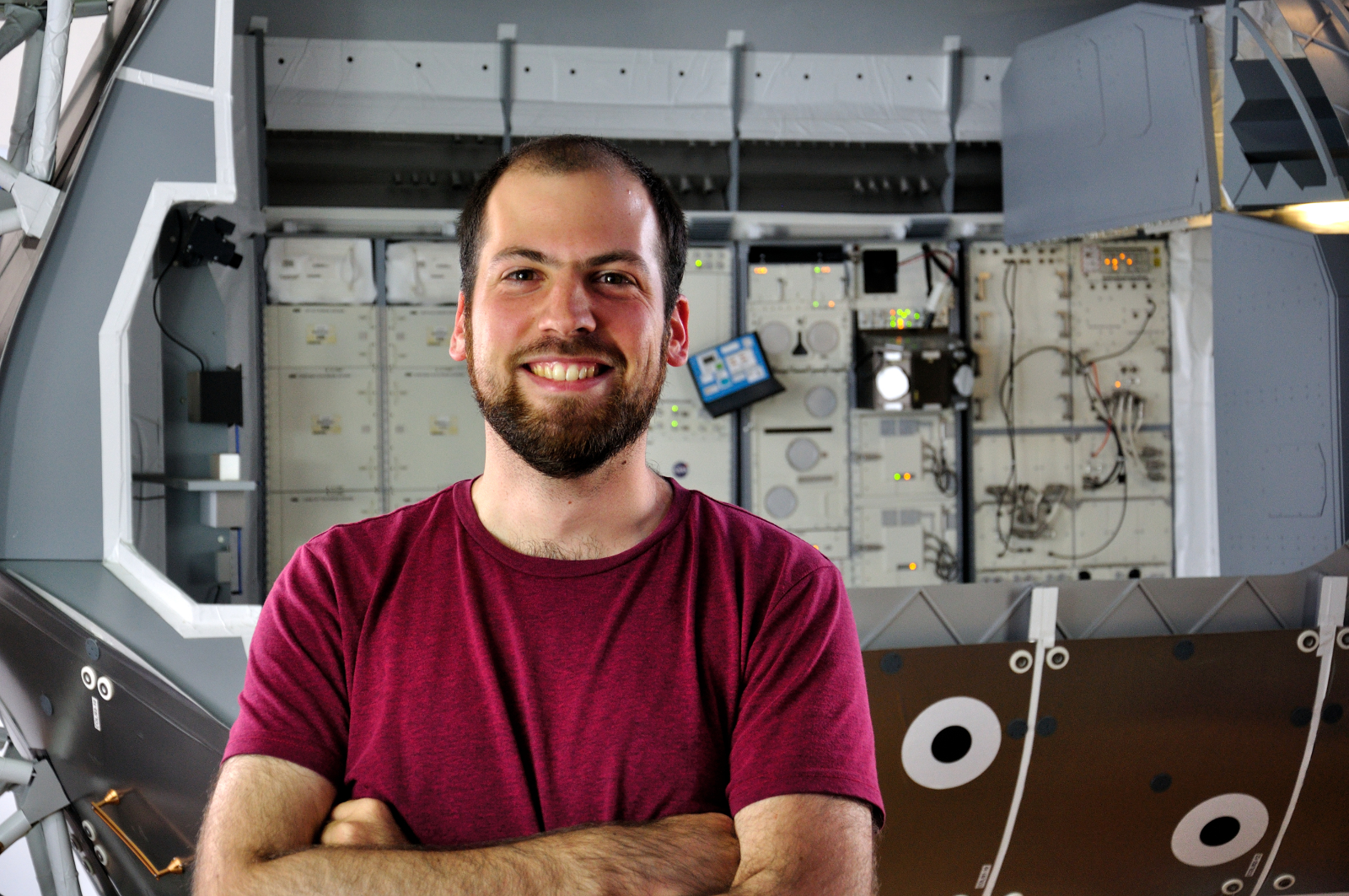
Pablo comes from the eastern coast of Spain. As a teenager he was passionate about films, animation and video games, what lured him to study a Diploma in Media Studies and later a Master of Arts in Game Development. He has been a Trainee at the ESA European Astronaut Centre since July 2015, producing training videos while writing a MA thesis about science communication in video games.
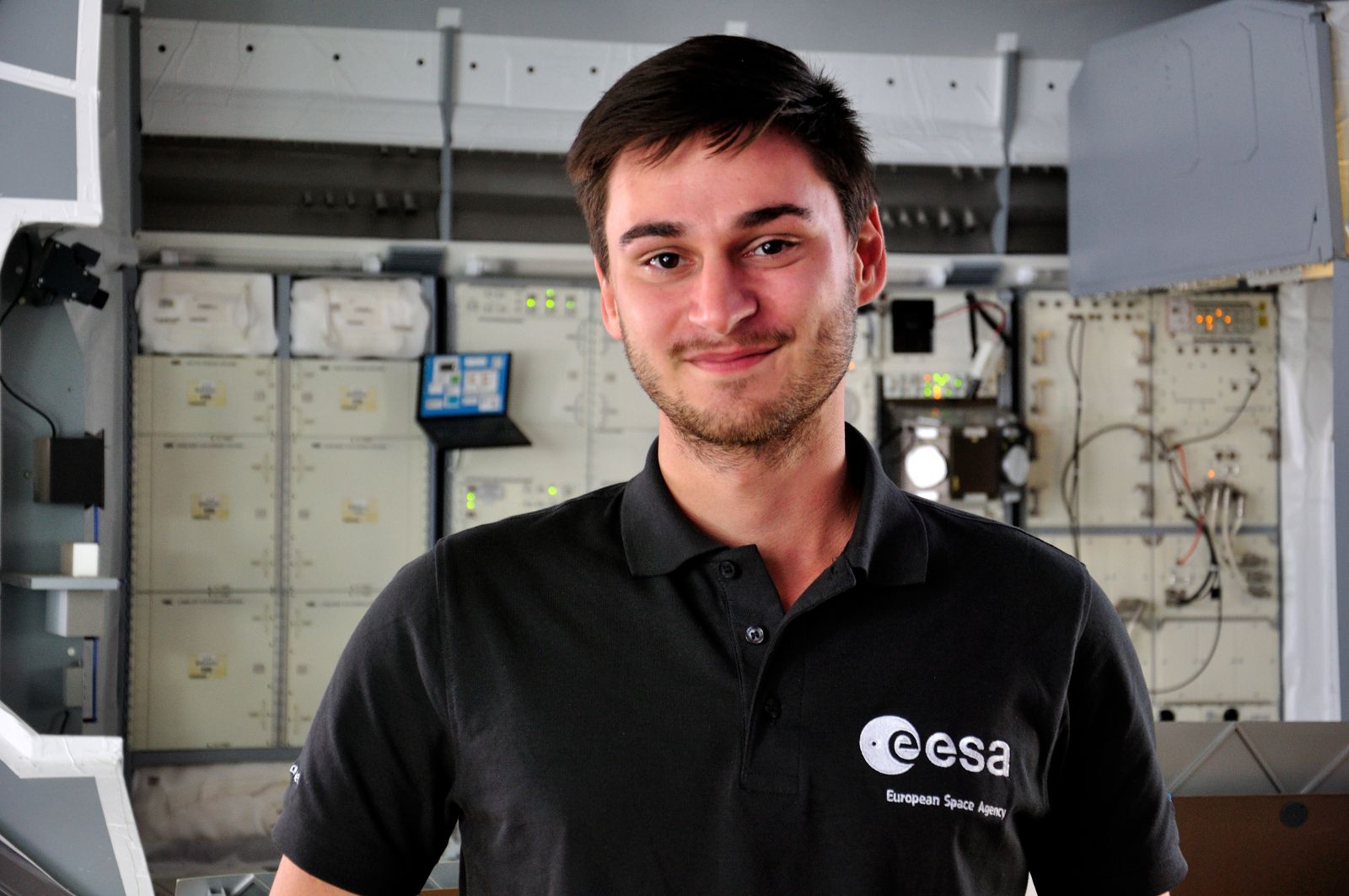
Amaury Joly studied Materials Science at the Ecole Européenne d’Ingénieurs en Génie des Matériaux (EEIGM) in Nancy and Industrial Engineering in a double degree with the Escola Tecnica Superior de Enginyera Industrial de Barcelona (ETSEIB). During his studies, he performed a research internship in ETSEIB laboratories, working on the development and characterization of yttrium/cerium stabilized zircon. He has been a Trainee at the ESA European Astronaut Centre since April 2015 within the Spaceship EAC project, carrying out research on the applications of thermo-electric materials in the lunar environment.
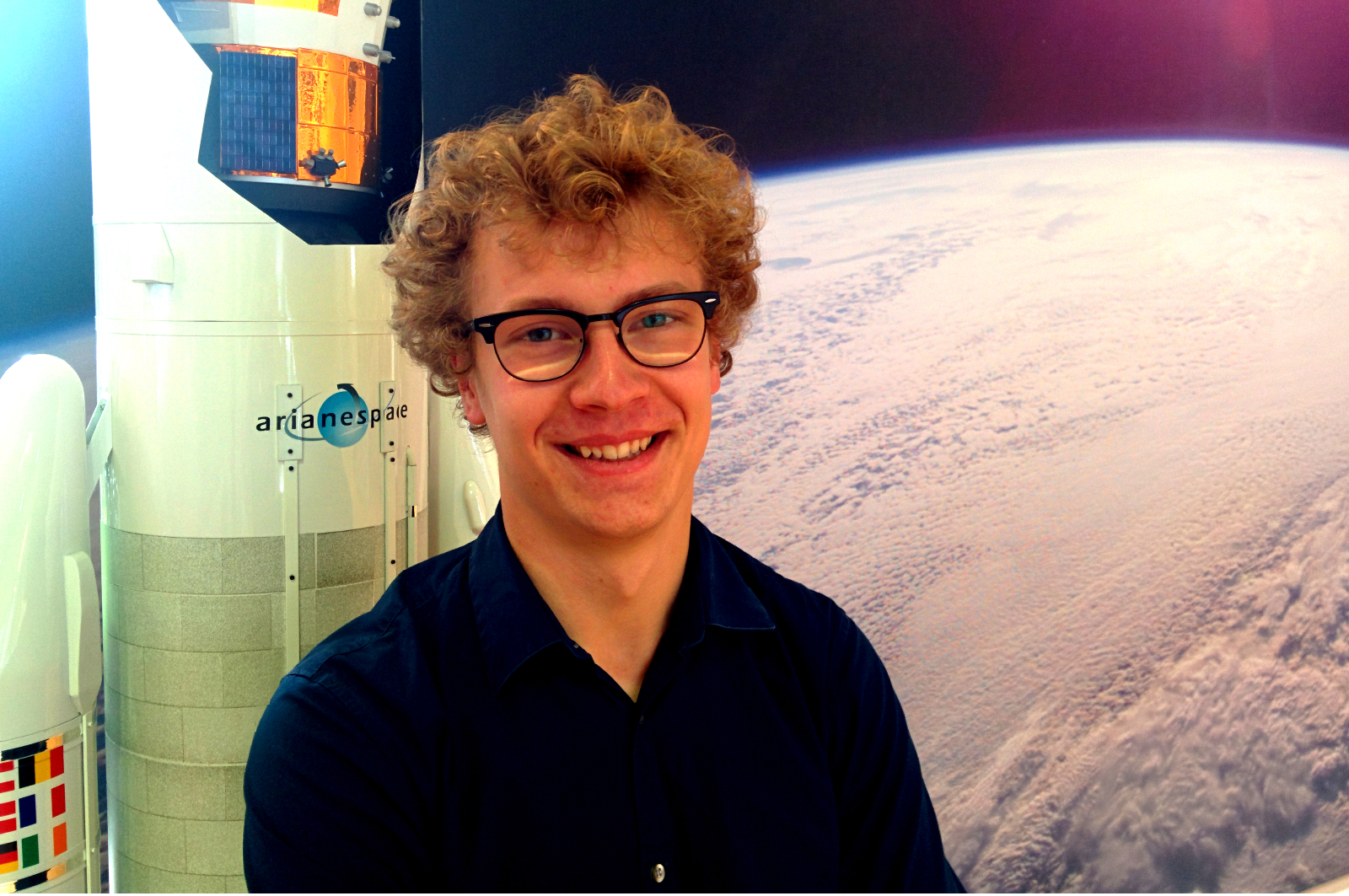
Thomas Dijkshoorn studies Media and Communications management in Eindhoven, the Netherlands. He has a keen interest in extreme environment engineering and space suits. He currently works in the public relations and communications office of the ESA European Astronaut Centre, supporting the communications team and the European astronauts.
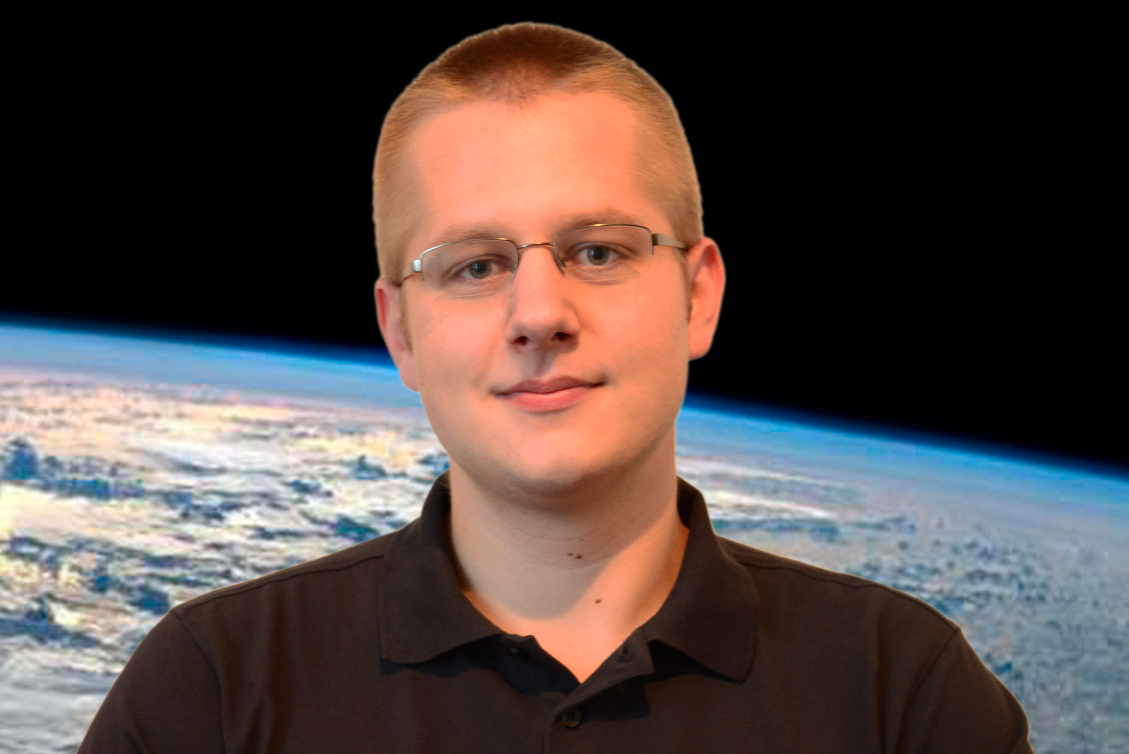
Tom Nietfeld is a 3D Generalist and Game Designer studying Digital Media, Animation and Games in Dieburg, Germany. In March 2015 he joined the European Space Agency at the European Astronaut Centre in Cologne, performing research in the field of Virtual Reality by creating a virtual environment simulation that supports the astronauts basic training.
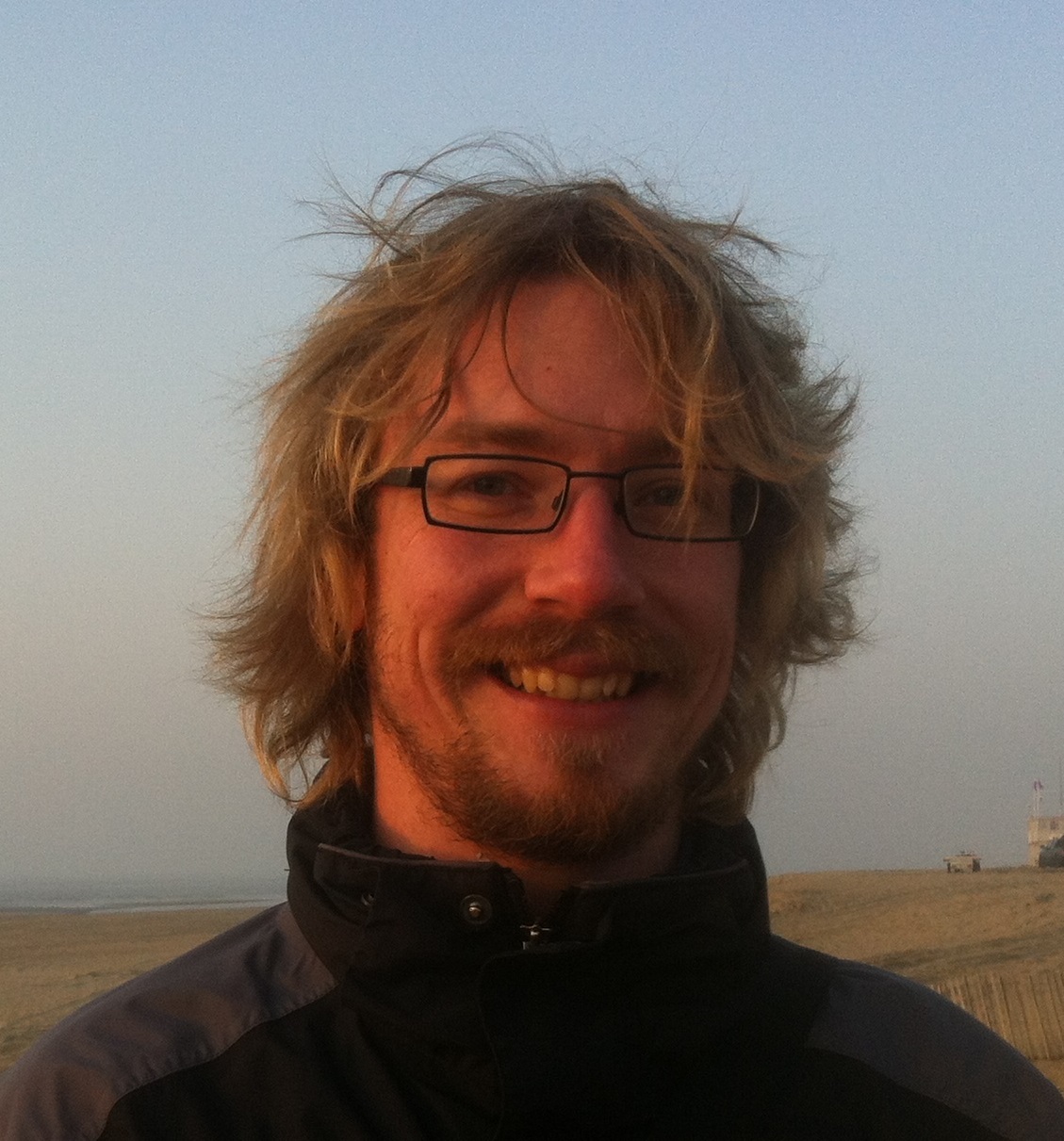
Tobias holds a Bachelors degree in Microtechnology and Robotics from University of Applied Sciences in Bern, Switzerland. Additionally, he finished his Master studies in Space Science and Technology at universities in Germany, Sweden and France. In between the two study periods, he worked first on an automation project for watch production, followed by several years as a system engineer for the Swiss railways. He was a Trainee at the ESA European Astronaut Centre from March to September 2015, whilst doing his Master thesis on microwave sintering of lunar regolith for 3D-printing applications.
